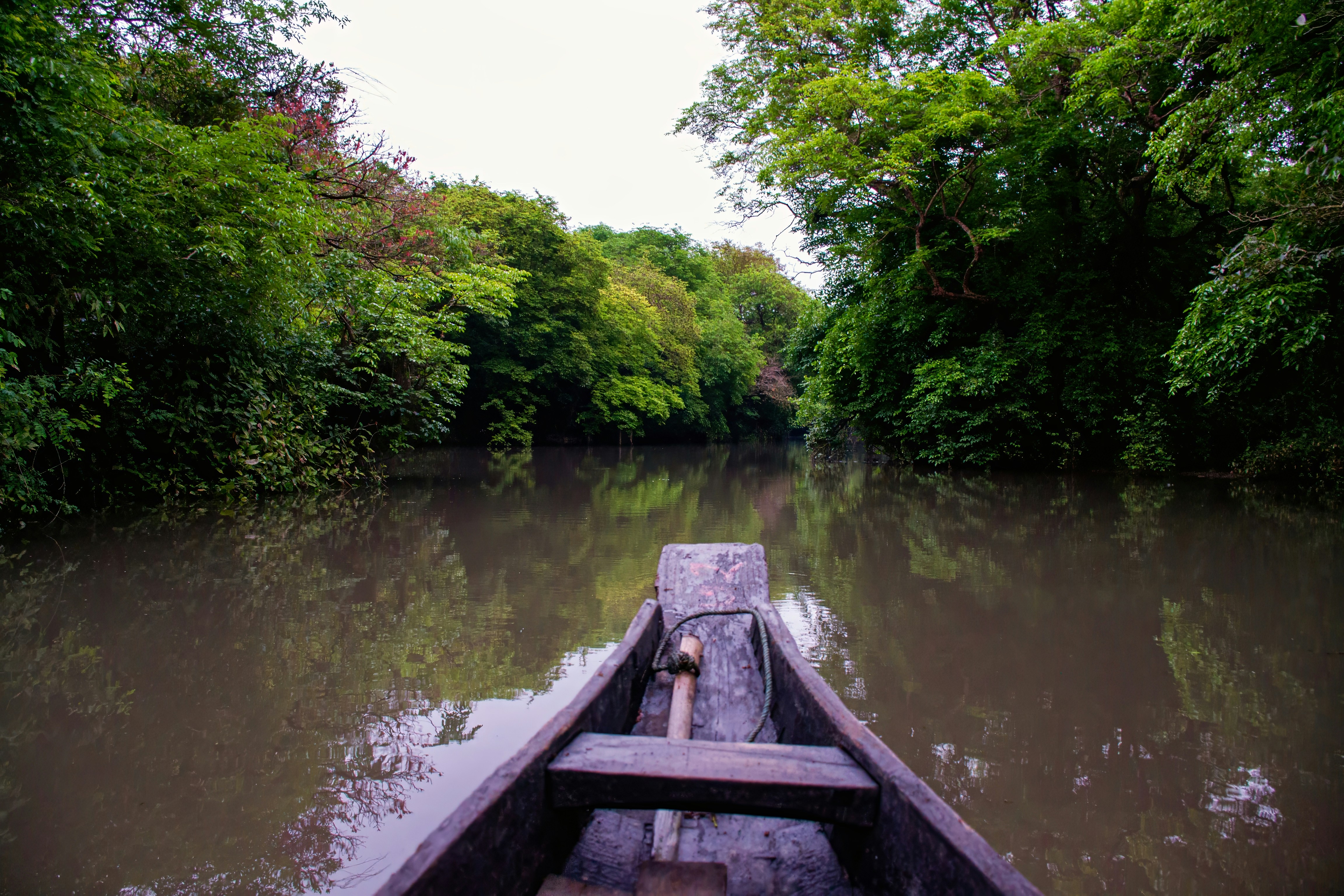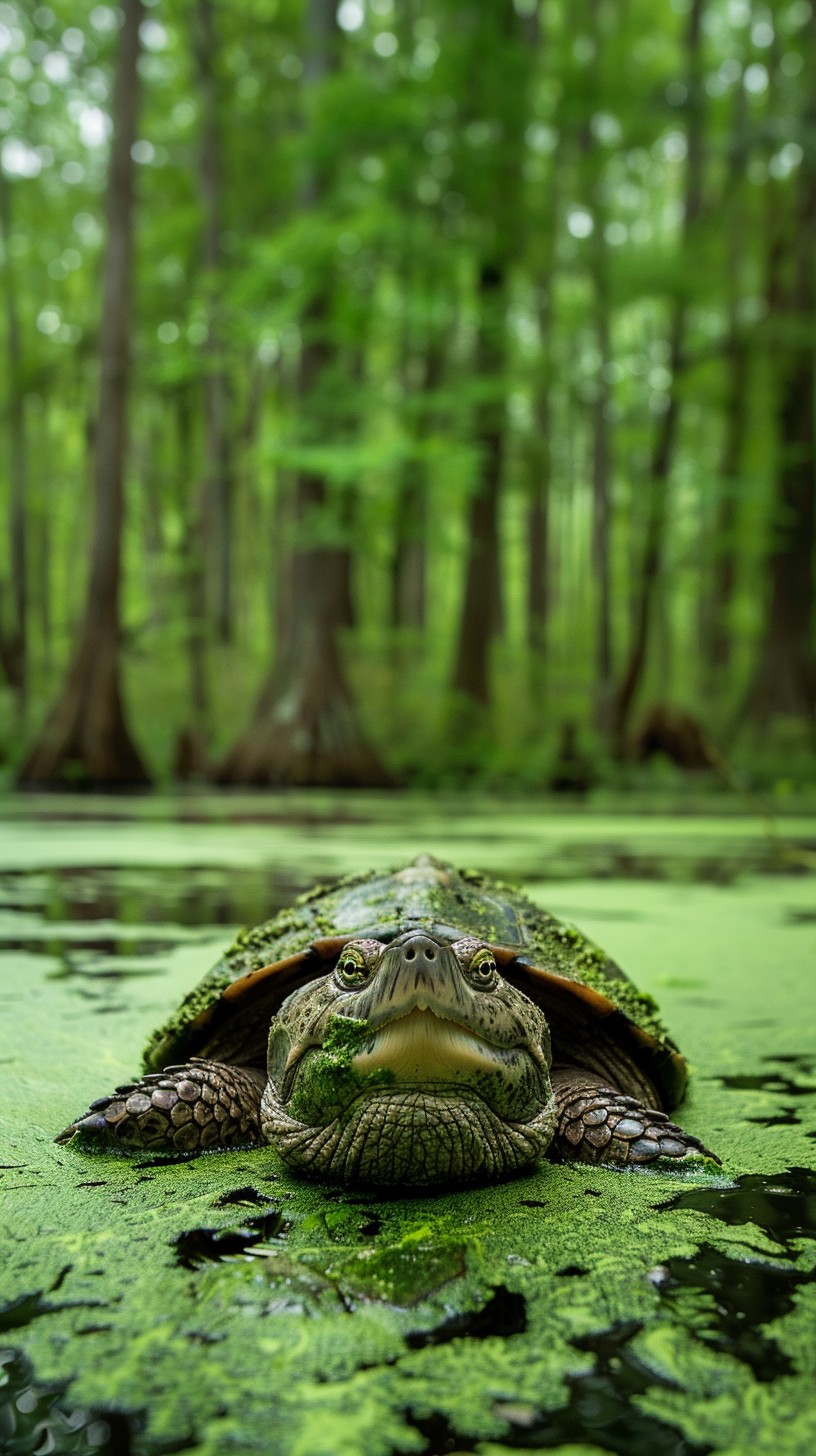Surviving in a swamp involves navigating challenging conditions such as muddy, waterlogged terrain and dense vegetation. Building a shelter above water is crucial, using tree branches and leaves to stay dry and avoid insects. Purify swamp water by boiling, filtering, or using purification tablets to prevent illness. For food, look for fish, frogs, and edible plants like cattails, while avoiding anything you can't positively identify. Fire can be difficult to start due to the damp environment, so collect and dry wood when possible, and use fire starters. Protect yourself from mosquitoes and other insects with clothing and repellent, and be cautious of wildlife like snakes and alligators. Finally, manage health risks by keeping wounds clean and avoiding stagnant water where mosquitoes breed.

